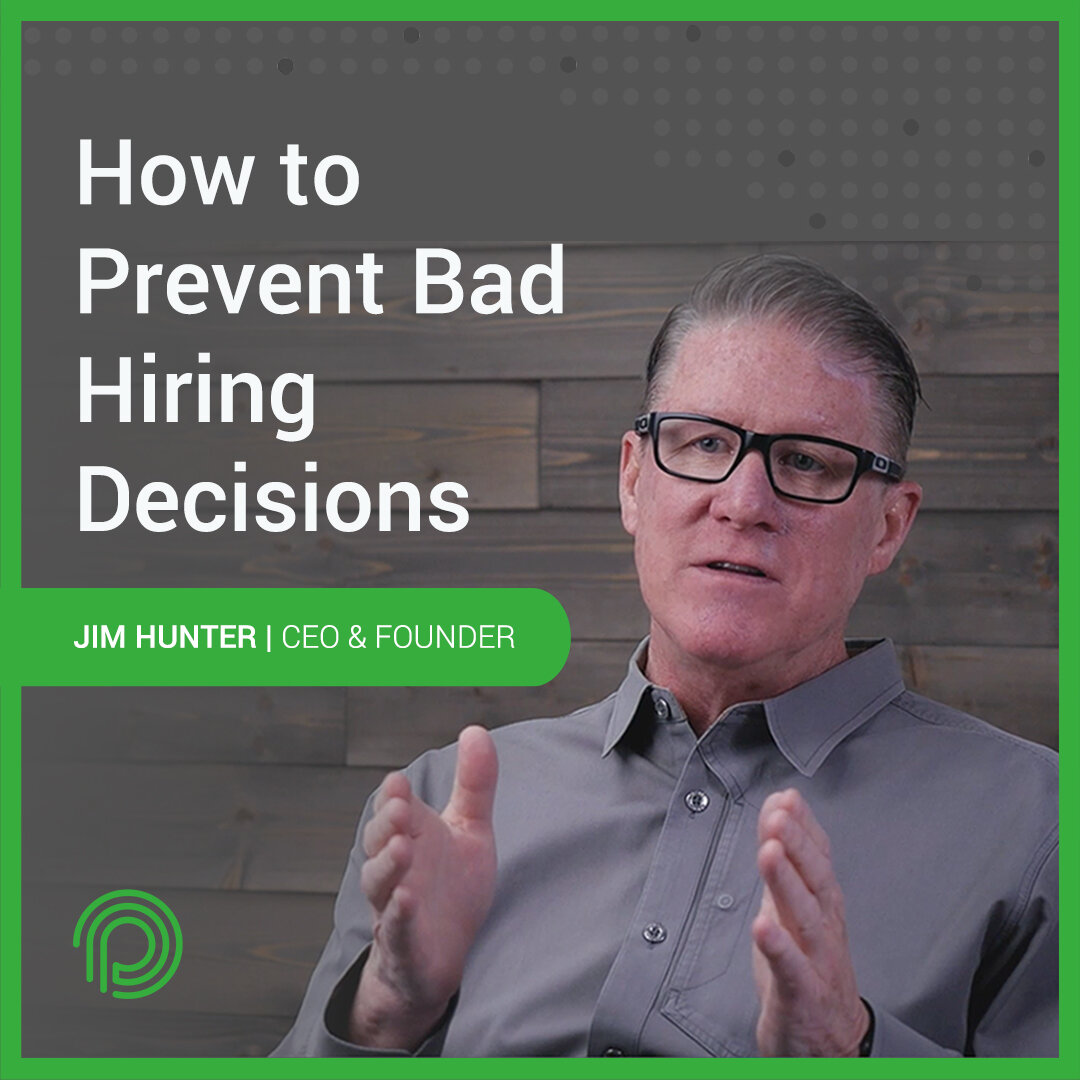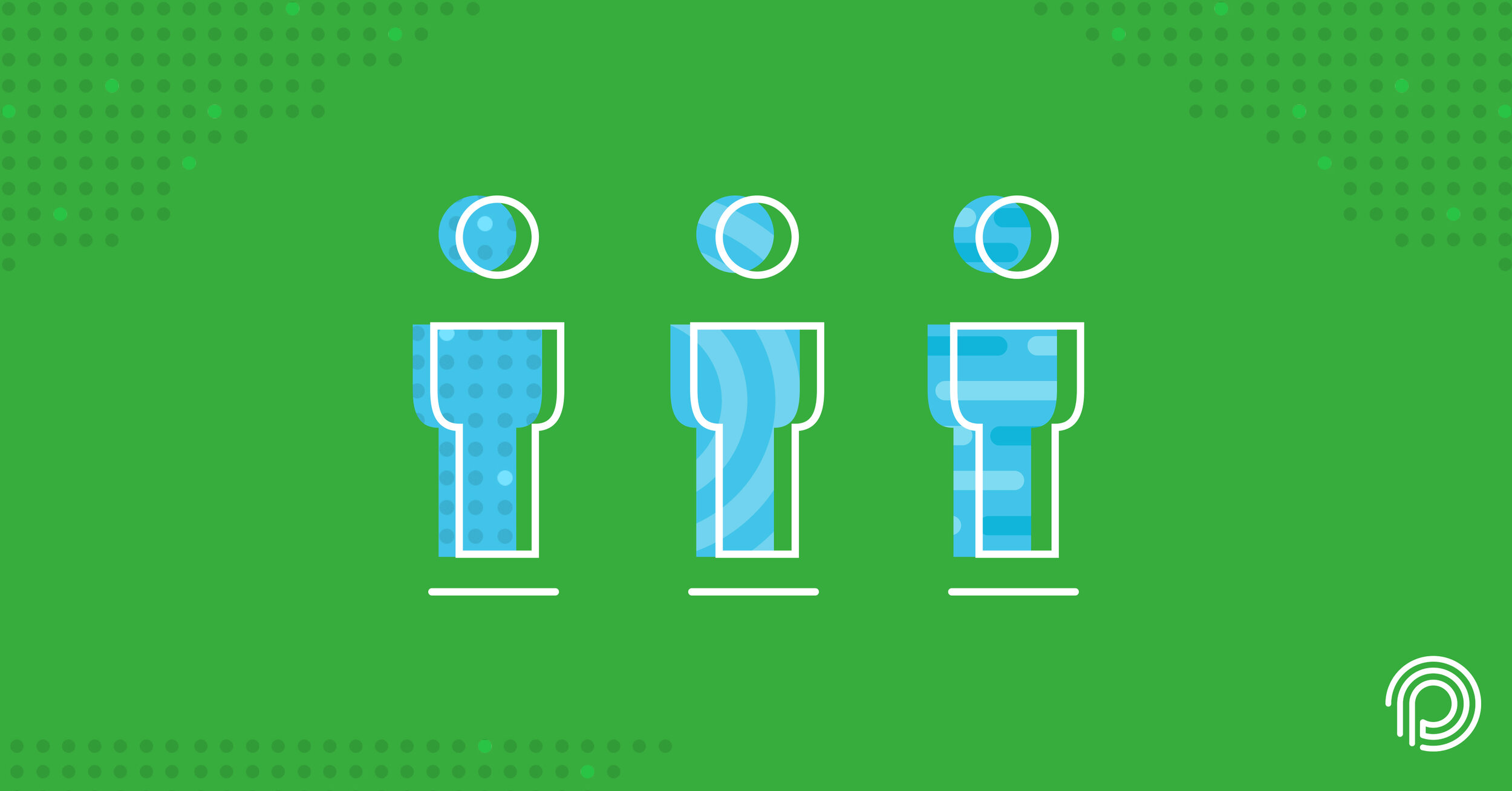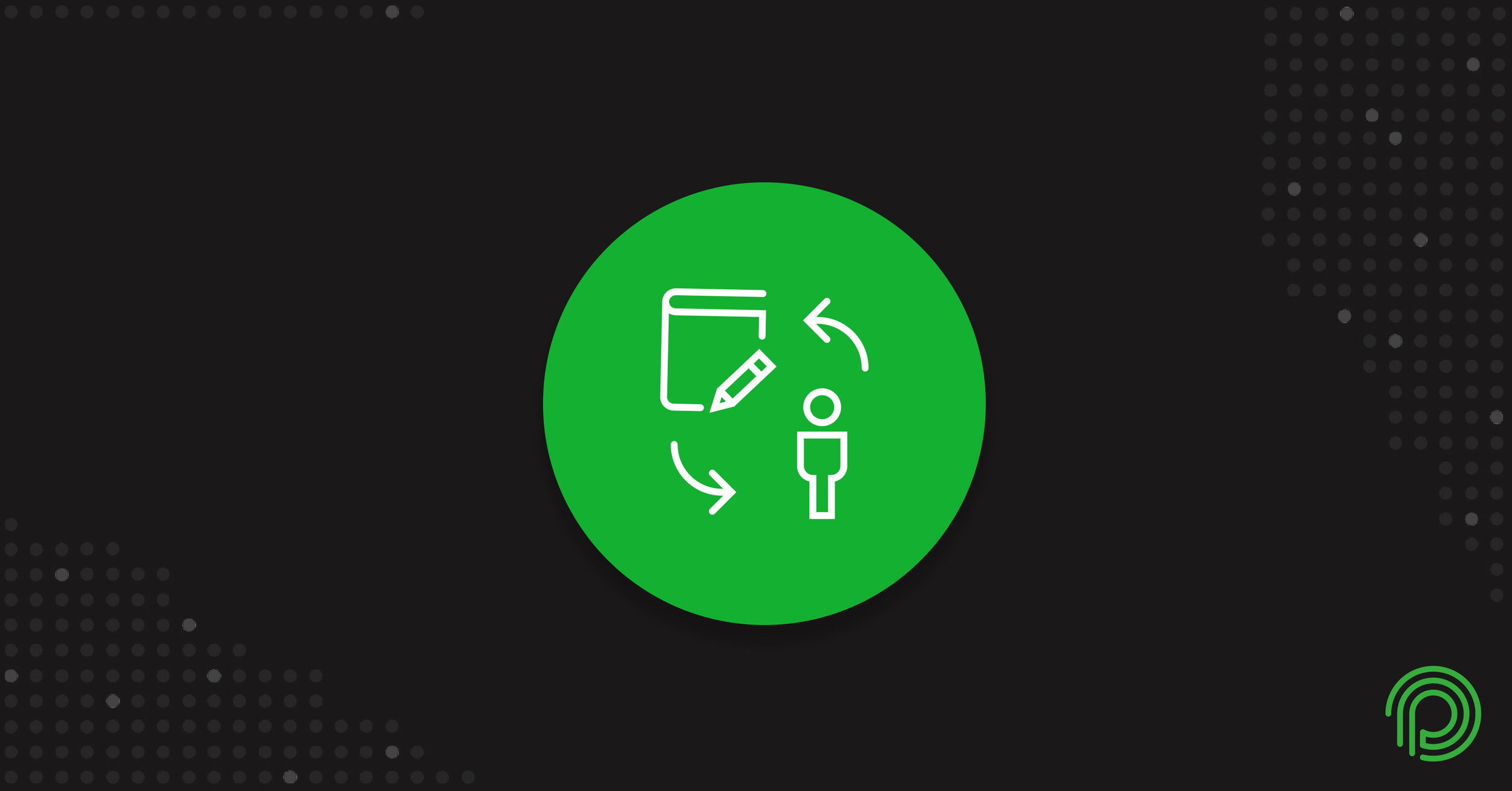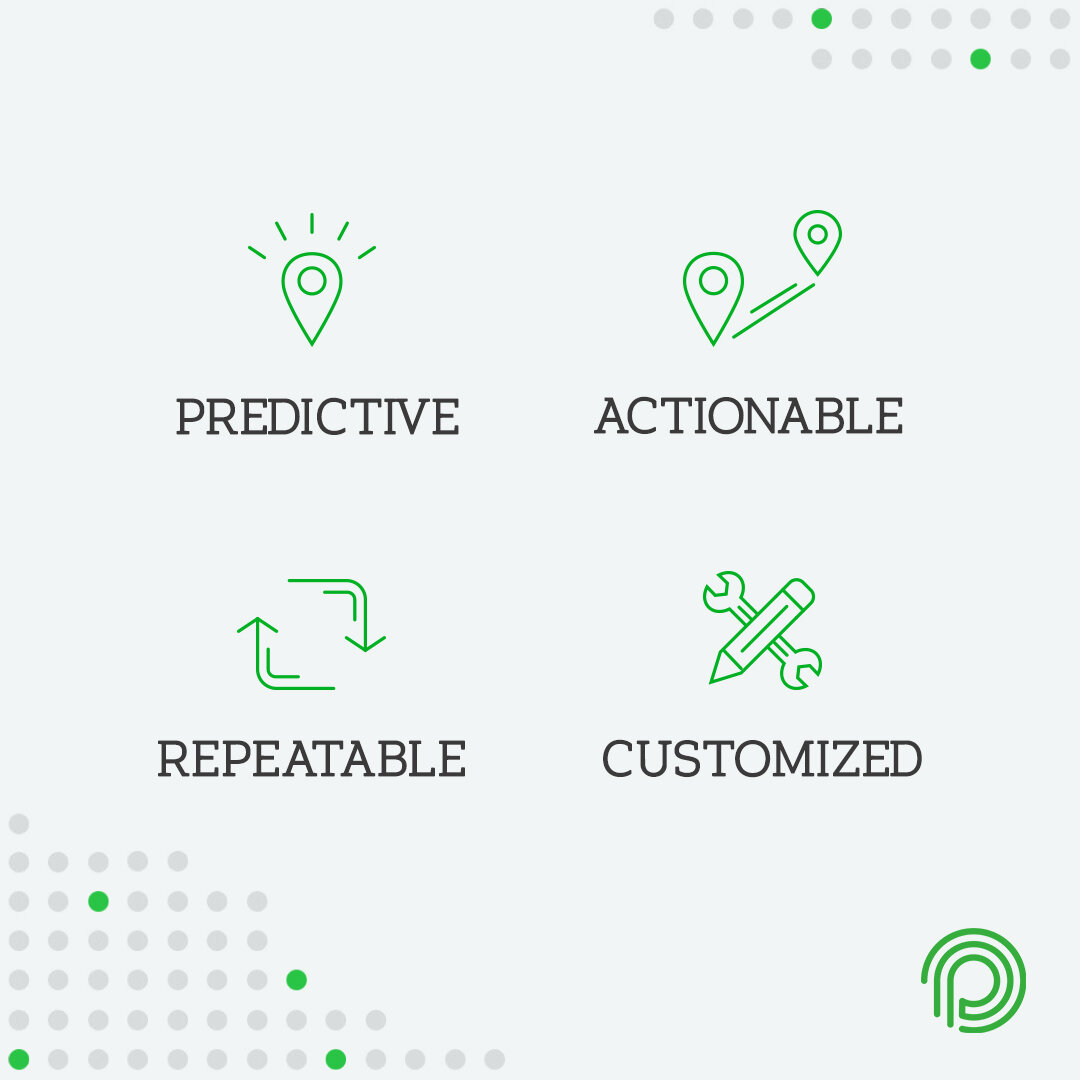Okay. Hypothetical situation…
Let’s say you’re the hiring manager at a call center and you’re looking to fill a customer service position. You know that on any given day, your potential new hire is going to have to deal with a wide array of customers on the other end of the telephone—not all of which are going to be happy campers.
So, as a manager who’s looking to hire someone who can deal with the potential rigors of the job, you want to glean some information from your job candidate that might suggest how this person is going to deal with an irate customer.
Now, let’s imagine you had the opportunity to ask this person 10 questions to help you determine how they might react when Mr. Mad Guy is on the line. After asking your 10 questions, would you rather come away knowing that this person is:
-
An extrovert
-
Easygoing
-
Excitement seeking
-
Experiential
Or would you rather know whether or not this person will:
-
Recover from negative interactions quickly
-
Display empathy & understanding
-
Be quick to anger and lash out
-
Shut down emotionally
If you chose the second set of data, then—perhaps unbeknownst to you—you’ve just chosen behavioral data over the results of a personality test. Good choice.
As an employer myself, I’ve found personality tests to be insufficient.
Recently, I’ve been writing a lot about the 4 must-haves of an effective hiring tool. I’ve stated that to be effective, a hiring tool has to be predictive, actionable, customized, and sustainable. If you’re going to use this criterion to assess personality tests, you’ll soon realize why they’re an insufficient barometer for hiring.
Do Personality Tests Check All the Boxes?
Are They Predictive?
They aren’t. Clear and simple. Personality tests are designed to produce results that are descriptive of the individual, but there’s little scientific evidence that the results are indicative of a person’s ability to be successful within a particular job role. In fact, research on occupational attraction shows that certain personality types are indeed drawn to certain careers, but it also shows that all personality types are represented in almost every occupation. Which would suggest that there are other factors at play. So, while personality tests are interesting and descriptive—they don’t tell a complete story and therefore shouldn’t be used as the primary gate for hiring.
Are They Actionable?
I’d argue that they aren’t. When Carl Jung first started talking about personality archetypes, he theorized that your personality was an inborn, fixed entity that couldn’t change over time. Recent studies, however, have tweaked that theory and suggest that while personality largely stays consistent over time, that some changes do occur as we get older and wiser. However, from the employer’s perspective, personality is a fixed entity. Because either Jung was right and we have no ability to influence it, or employers don’t have the luxury of time to wait years for someone to change.
So, if you’re looking to hire someone who can be effective in the near term, you’d want to know how they’re personality is going to manifest—which means you’d want to know how they’ll behave, given their current personality. To do that you’re going to need a behavioral assessment—not a personality test.
Once you know how a person will behave you can create action plans to optimize for the best possible behavioral outcomes and put this person in situations where they will have positive responses to their environment and are likely to succeed.
Are They Customizable?
Not really. They just aren’t granular enough to address the things that matter most to your business. When I think of customizable, I’m thinking about it from two different perspectives. There’s the “is this person going to be a good fit” perspective and the “is this hire going to help me achieve my strategic business goals” perspective.
When it comes to creating a job fit profile from a personality test, I think you’re going to be hard-pressed to develop an effective one. You could argue that you can extrapolate the results to see trends within your organization.
For example, you could give everyone in your organization the MBTI® and you might notice that 90% of your salespeople are extroverts and 95% of your accounting people are introverts. That says something, but there’s just not enough data. There’s no accounting for why 10% of salespeople are introverts and 5% of accounting people are extroverts. You need to get more granular than that.
On the other hand, when it comes to driving strategic business results a personality test isn’t going to help you do that at all. No business owner is staying up at night wondering how they’re going to get more introverts, enthusiasts, or reds on their team. No. They worry about things like decreasing turnover, cultivating culture, mitigating workers’ comp claims, and customer satisfaction. Again, personality tests just aren’t granular enough to help you uncover the behaviors that will drive the results you’re after.
Are They Sustainable?
From a cost and ease of use perspective, I must admit—they are. You can easily administer these tests to large groups of people and get the results in a reasonable amount of time. They come at a price point that allows you to administer the tests often to keep your data up to date. And they don’t rely on one-off expertise, so much of the legwork can be handled internally by the Operations Team or an HR department.
So, the process is sustainable, but the question then becomes whether or not you trust that the data is enough to sustain your business needs—hiring, talent development, achieving strategic business goals.
Determining the answer to that question is up to you.
The Results Are In
So, my results are in. Personality tests get 1.25 stars out of 4 on the must-have checklist and behavioral assessments are the way to go. But not all behavior assessments are created equal.
In my next post, I’ll discuss some of the common pitfalls of behavior-based assessments and how they sometimes fall short









